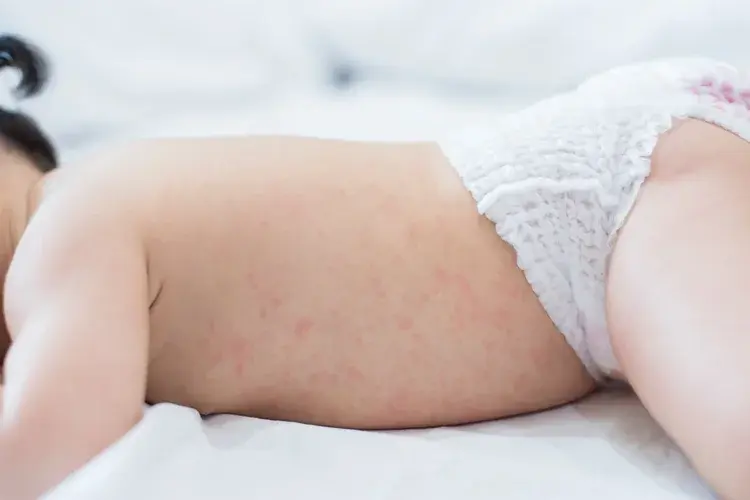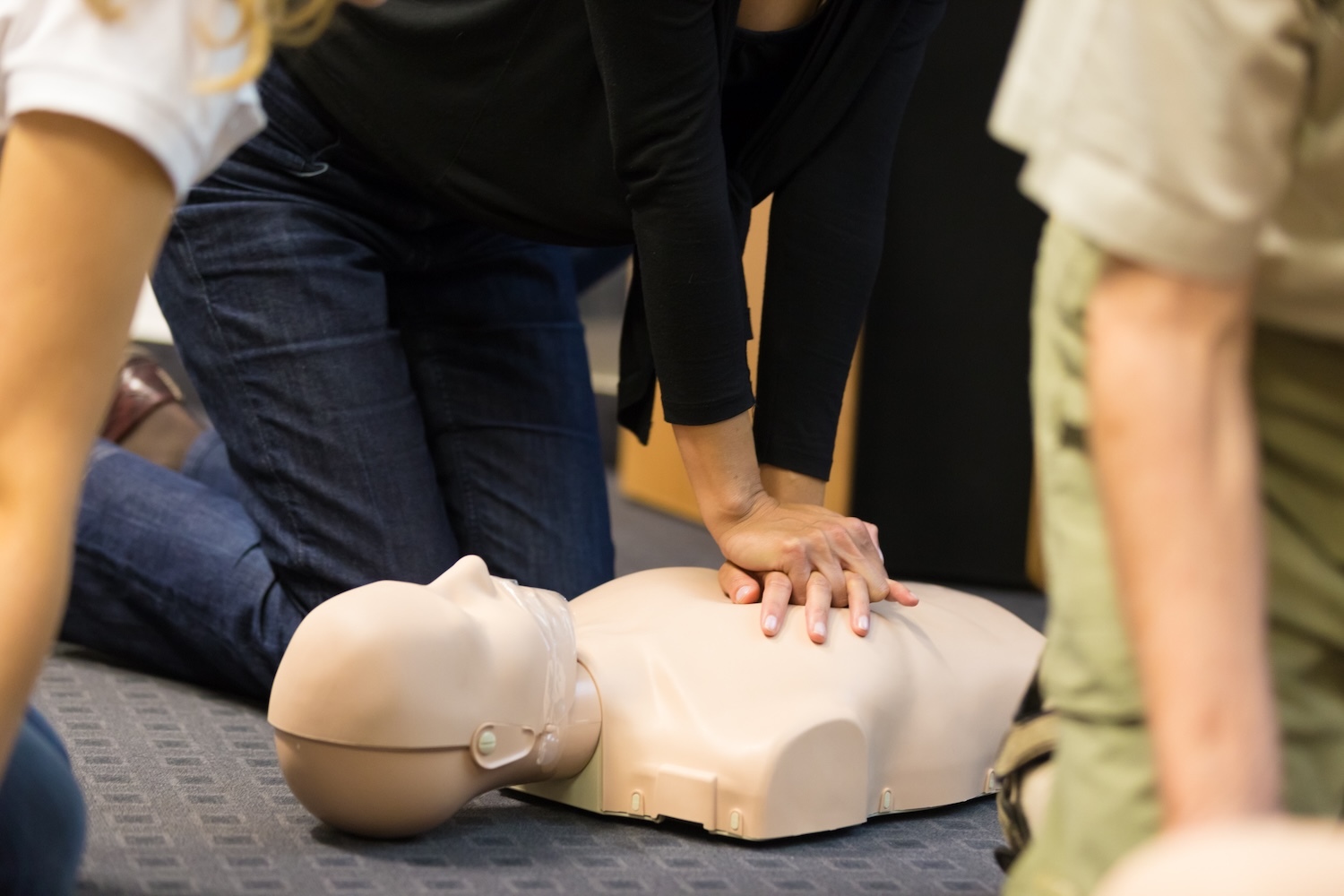Rashes in children can be caused by a variety of factors, including viral or bacterial infections, allergies, exposure to certain chemicals or plants, and other underlying medical conditions. In Australia, some common rashes that affect children include:
- Eczema: A chronic skin condition that causes dry, itchy, and inflamed skin.
- Chickenpox: A highly contagious viral infection that causes an itchy, blister-like rash.
- Measles: A highly contagious viral infection that causes a rash along with fever and cough.
- Rubella: A viral infection that causes a rash along with mild fever and swollen lymph nodes.
- Impetigo: A bacterial skin infection that causes a rash along with blisters and crusting.
- Heat rash: A rash caused by sweating, common in hot and humid weather.
- Insect bites and stings: A rash caused by the bite or sting of an insect, common in Australia, it can cause redness, itching, and sometimes even an allergic reaction.
It's also important to remember that some rashes can be caused by non-infectious conditions such as allergies or contact with certain chemicals or plants.
If you are concerned about a child's rash, it's always best to consult with a medical professional for an accurate diagnosis and appropriate treatment. In case of severe symptoms or high fever, it's best to seek medical attention as soon as possible.
Dangerous Rashes
Recognizing a dangerous rash in children can be challenging, but there are some key signs to look out for. In general, it's important to seek medical attention if a child's rash is accompanied by other symptoms such as fever, vomiting, or difficulty breathing. Additionally, if a rash is spreading rapidly, causing severe pain or swelling, or is accompanied by a fever, these are also red flags that medical attention should be sought as soon as possible.
Here are some specific rashes that you should seek medical attention for in children:
- Measles: A rash that starts on the face and spreads to the body. The rash is usually accompanied by a fever and cough.
- Chickenpox: A rash that starts as small red bumps and quickly develops into itchy, fluid-filled blisters. The rash can appear anywhere on the body and is usually accompanied by a fever.
- Meningococcal disease: A rash that appears as small red or purple spots or bruises. The rash is usually accompanied by a fever and severe headache, neck stiffness or a dislike of bright lights.
- Scarlet fever: A rash that appears as small red or pink bumps, usually starting on the chest and spreading to the rest of the body. The rash is usually accompanied by a fever and sore throat.
- Kawasaki disease: A rash that appears as small red spots or bumps, often accompanied by swollen lymph nodes and a fever.
It's also important to remember that a child's rash can be caused by a number of different factors, including allergies, infections, and even exposure to certain chemicals or plants. If you are concerned about a child's rash, it's always best to consult with a medical professional for an accurate diagnosis and appropriate treatment.
Check for Blanching
To check if a rash is blanching in children, you can use a simple test called the "glass tumbler test." This test involves gently pressing a clear glass tumbler against the rash to see if it disappears or lightens when pressed. Here's how to perform the glass tumbler test:
- Clean your hands thoroughly with soap and water.
- Place the child in a comfortable position and explain what you're going to do.
- Take a clear glass tumbler and press it gently against the rash. Apply enough pressure to make the skin blanch, but not enough to cause pain or discomfort.
- Observe the rash for a few seconds. If the rash disappears or lightens when pressed, it is said to be "blanching" and it is less likely to be a serious condition.
- If the rash does not disappear or lighten when pressed, it is said to be "non-blanching" and it can indicate a serious underlying condition.
It's important to note that the glass tumbler test is not a definitive diagnostic tool, but it can be a useful way to identify certain types of rashes. If you are concerned about a child's rash, it is always best to consult with a medical professional for an accurate diagnosis and appropriate treatment.
It's also important to consider the child's overall health status and the presence of any other symptoms such as fever, vomiting, or difficulty breathing. If a child is showing signs of severe illness or if the rash is spreading rapidly, causing severe pain or swelling or is accompanied by a fever, you should seek medical attention as soon as possible.
Non-Blanching Rashes
A non-blanching rash is a rash that does not disappear or lighten when pressed with a glass tumbler. This type of rash can indicate a serious underlying condition and should be evaluated by a medical professional as soon as possible.
A non-blanching rash can indicate a number of serious conditions in children, including:
- Meningococcal disease: A bacterial infection that can cause a non-blanching rash along with fever, headache, and neck stiffness.
- Septicemia: A severe bacterial infection that can cause a non-blanching rash along with fever, chills, and rapid breathing.
- Purpura fulminans: A severe complication of meningococcal disease that can cause a non-blanching rash along with fever, low blood pressure, and tissue death.
- Henoch-Schönlein purpura (HSP) : a systemic small vessel vasculitis that causes a non-blanching rash on the lower legs, along with joint pain and abdominal pain.
- Other types of vasculitis: a group of disorders that cause inflammation of the blood vessels, and can also cause non-blanching rashes
It's important to note that non-blanching rashes can be caused by other factors as well, such as injury or trauma. However, any non-blanching rash in a child should be evaluated by a medical professional as soon as possible, as prompt treatment can be crucial in some cases.
Please note, this information is a guide only and any concerns should be immediately raised with a medical professional.
For more information view this fact sheet
Want to be able to respond to emergencies with confidnece? Try one of our Nationally Recognised first aid courses today!



